How To Create A Small Wireless Camera?
Creating a small wireless camera involves understanding a variety of aspects, from selecting the right components to ensuring efficient power management and secure data transmission. Whether you're a DIY enthusiast, a hobbyist, or a professional looking to build a custom solution, the process can be both rewarding and challenging. Here’s a comprehensive guide to help you navigate through the intricacies of creating a small wireless camera.
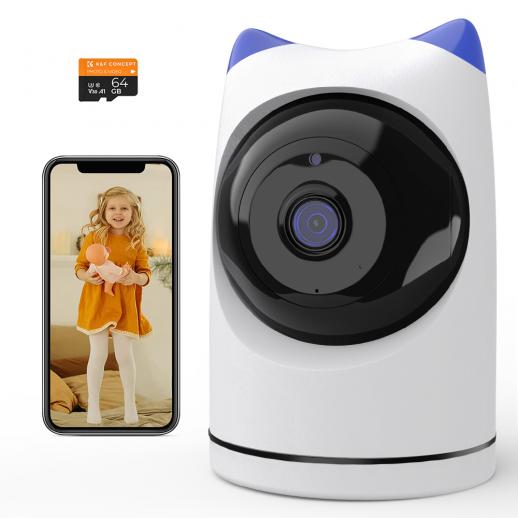
Understanding the Basics
A wireless camera typically has several key components:
1. Camera Sensor: The eye of the camera that captures the imagery.
2. Microcontroller or Processor: Handles the image processing and communication.
3. Wireless Transmission Module: Allows the camera to transmit data wirelessly.
4. Power Supply: Powers the camera and other components.
5. Housing: Encloses all the components.
Selecting the Components
1. Camera Sensor
- *Resolution*: Depending on your needs, choose a resolution that balances quality and bandwidth. Common resolutions are VGA (640x480), HD (1280x720), and Full HD (1920x1080).
- *Frame Rate*: Higher frame rates provide smoother video. Standard frame rates are 30fps and 60fps.
2. Microcontroller or Processor
- *Compatibility*: Ensure that the microcontroller or processor is compatible with the camera sensor.
- *Processing Power*: Adequate processing power is necessary to handle image capture and encoding.
- Popular choices include Raspberry Pi (with a camera module), Arduino with an ESP32 cam module, or other embedded systems like BeagleBone.
3. Wireless Module
- *Wi-Fi/Bluetooth*: Wi-Fi modules (like the ESP8266 or ESP32) are common for high-bandwidth video transmission. Bluetooth can be used for short-range and lower data rate requirements.
- *Range and Bandwidth*: Depending on your application, choose a module that provides sufficient range and bandwidth for your video transmission needs.
4. Power Supply
- *Battery*: For portability, lithium-polymer (Li-Po) or lithium-ion (Li-ion) batteries are ideal. Ensure the battery can handle the power requirements of all components.
- *Voltage Regulation*: Use voltage regulators to maintain consistent power supply to the components.
5. Housing
- *Material*: Lightweight yet sturdy materials like plastic or aluminum.
- *Size and Design*: Compact design to snugly fit all components while allowing proper ventilation.
Building the Camera
1. Assembling the Components
- Connect the camera sensor to the microcontroller or processor following the pin configuration.
- Attach the wireless module to the microcontroller. For example, if using an ESP32, connect it via appropriate GPIO pins.
- Solder the connections securely, ensuring no short circuits.
2. Programming the Microcontroller
- Install the necessary libraries for camera control and wireless transmission. For an ESP32, use the Arduino IDE with relevant library support.
- Write or modify firmware to initialize the camera sensor, capture images or video, and transmit data over the wireless module.
- Include power management code to maximize battery life.
3. Testing
- Before final assembly, test each component individually to ensure functionality.
- Test the entire setup together to ensure seamless operation and transmission.
4. Assembly and Housing
- Place the components inside the housing, ensuring they are securely fastened.
- Design the housing with access ports for power and possibly for an SD card slot if local storage is needed.
Optimizing Performance
1. Power Management
- Enable deep sleep modes or reduce frame rates during inactivity to conserve battery.
- Consider solar panels or other renewable sources for extended use cases.
2. Transmission Efficiency
- Optimize the data transmission rate to balance between quality and bandwidth usage.
- Implement data compression techniques to reduce load and improve real-time performance.
3. Software Optimization
- Employ efficient coding practices to minimize processing overhead.
- Use lightweight protocols like MQTT for data transmission.
Ensuring Security
One crucial aspect often overlooked is ensuring the security of the data being transmitted, especially in applications such as surveillance.
1. Encryption
- Implement encryption standards such as AES to secure data.
- Ensure end-to-end encryption to protect data integrity and confidentiality.
2. Authentication
- Use secure authentication methods to prevent unauthorized access to the camera feed.
- Regularly update the firmware to patch vulnerabilities.
Applications and Practical Considerations
Creating a small wireless camera can have a variety of applications ranging from home security to wildlife surveillance.
1. Home Security
- When using at home, integrate the camera with smart home systems to automate alerts and video capture when motion is detected.
- Use cloud storage solutions for backup.
2. Wildlife Observation
- For wildlife or outdoor use, make sure the housing is robust and weatherproof.
- Utilize long-range wireless modules or mesh networks to cover larger areas.
3. DIY Projects and Innovations
- Participation in DIY and maker communities can lead to innovative uses such as drones, RC cars or robots equipped with wireless camera capabilities.
Troubleshooting and Maintenance
1. Common Issues
- Signal interference: Place the camera away from potential sources of interference.
- Power issues: Ensure the battery is charged and voltage levels are consistent.
2. Regular Updates
- Keep the firmware updated to the latest versions to ensure optimal performance and security.
3. Maintenance
- Regularly inspect connections and replace any worn-out components.
Building a small wireless camera requires careful selection of components, meticulous assembly, and consistent optimization. By focusing on these crucial aspects and ensuring robust security measures, you can create a reliable and efficient device customized to your specific needs. The journey involves a blend of hardware ingenuity and software finesse, offering a valuable hands-on experience in the realm of wireless technology and embedded systems. Whether you are enhancing home security or embarking on an innovative project, the principles and practices outlined in this guide will serve as a solid foundation for your endeavor.


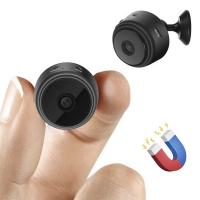
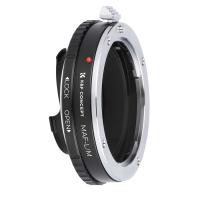
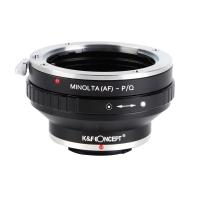
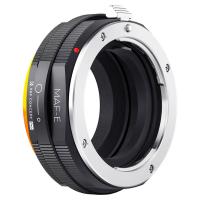
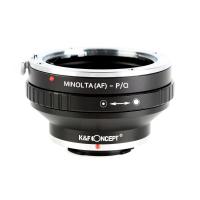
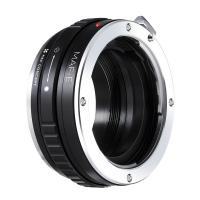
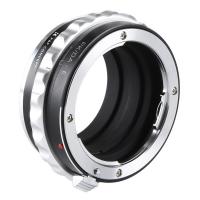
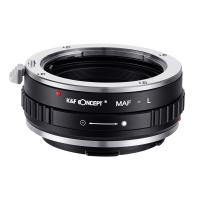




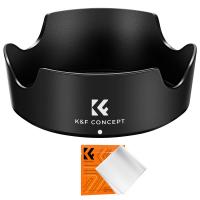

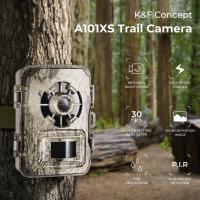



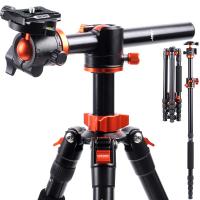

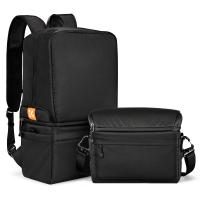



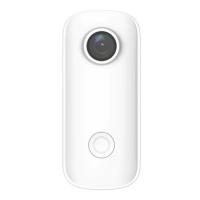

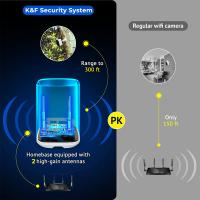


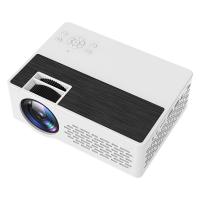


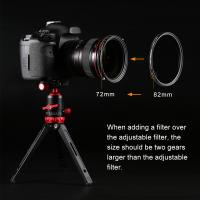

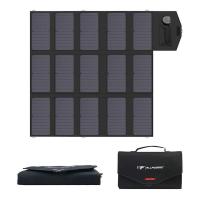


There are no comments for this blog.